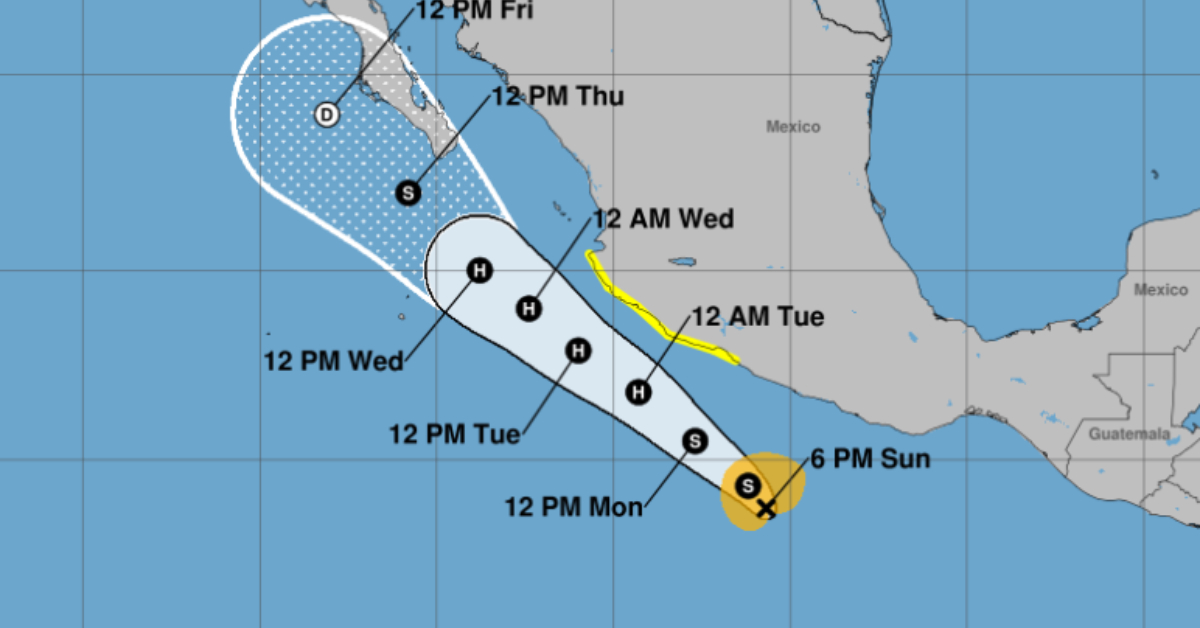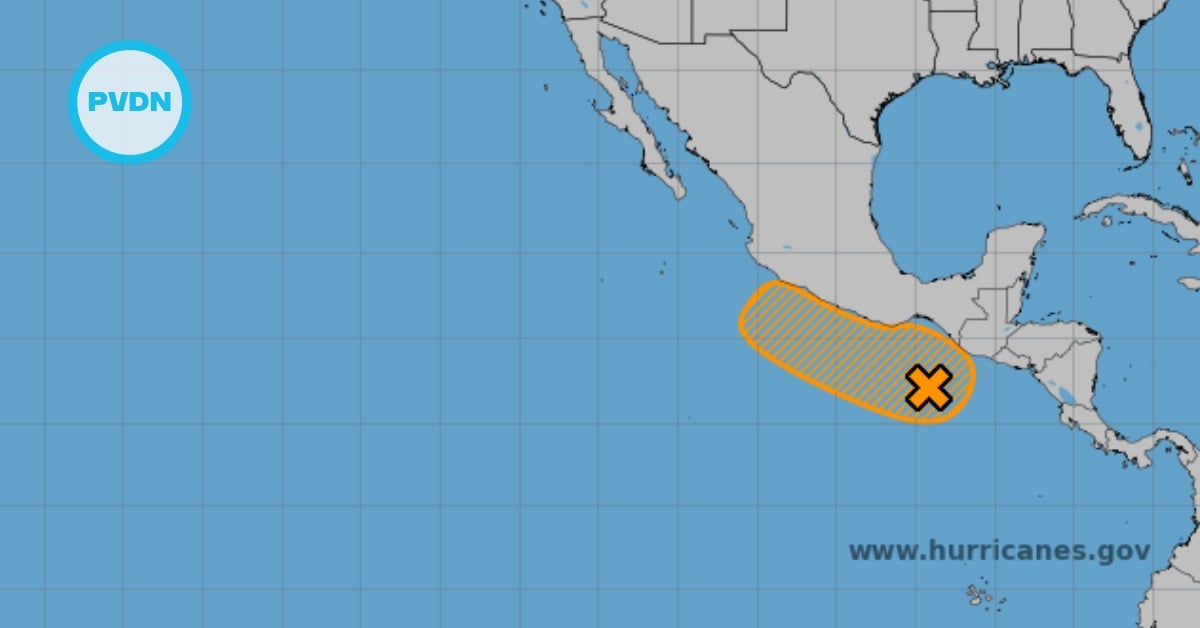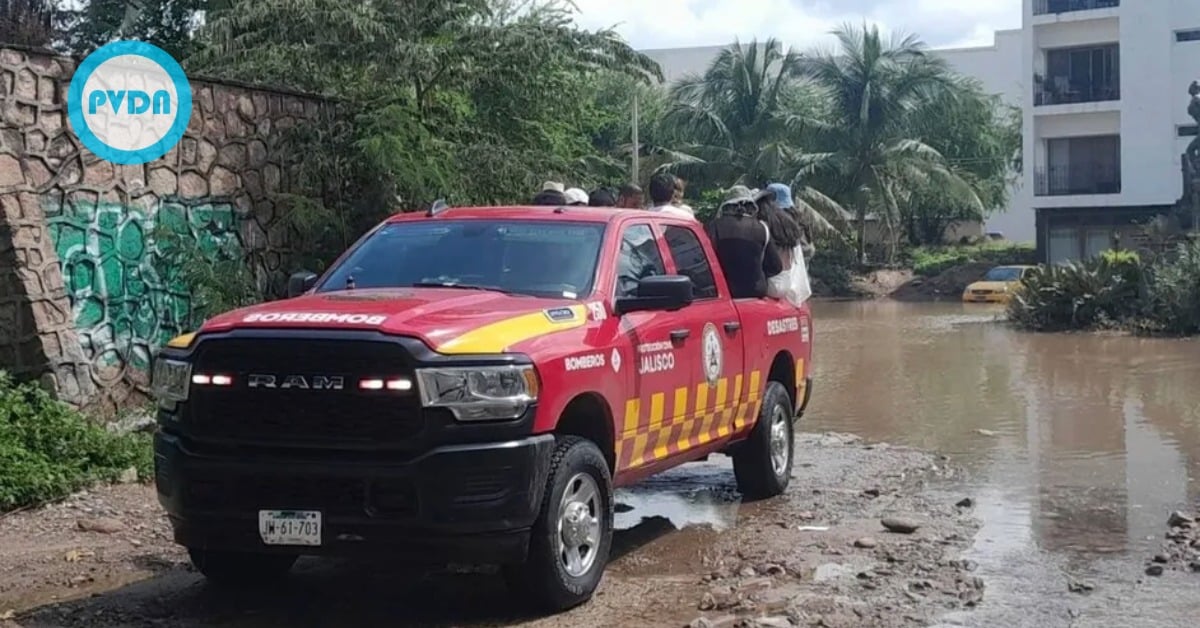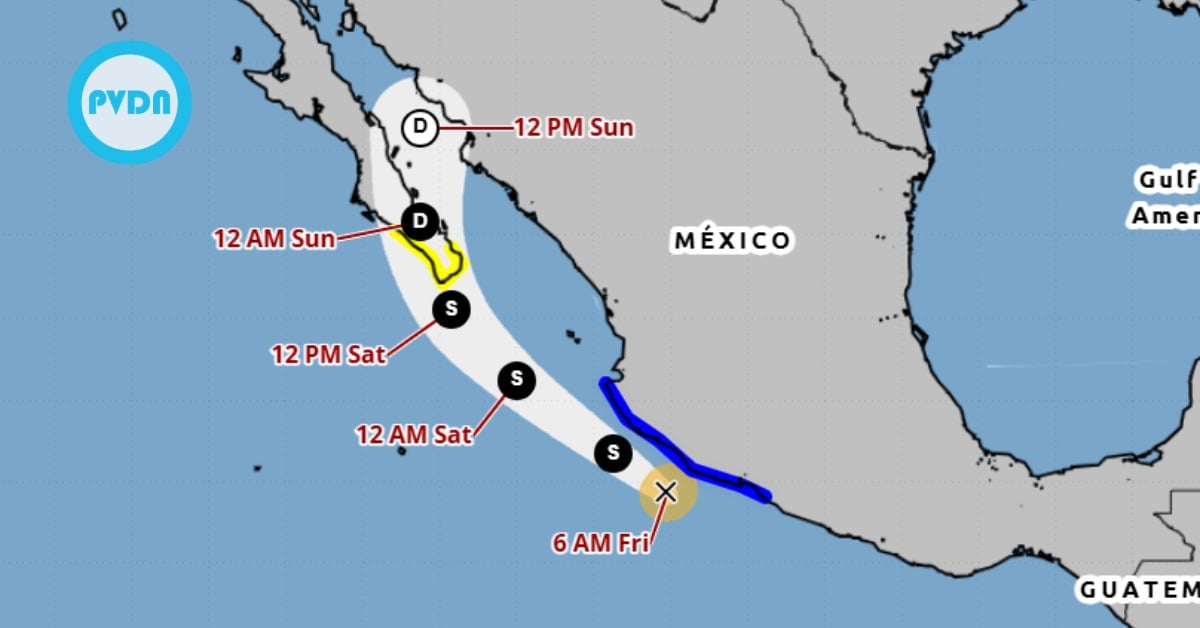Tropical Storm Flossie is forecast to strengthen and may impact Mexico's southwest coast from Zihuatanejo to Cabo Corrientes with heavy rain, flooding, and hazardous surf early this week.
Tropical Storm Flossie is expected to deliver heavy rains, gusty winds, and dangerous surf conditions to Mexico’s southwestern coast in the coming days, prompting authorities to issue a Tropical Storm Watch from Zihuatanejo to Cabo Corrientes.
As of 6:00 p.m. CST Sunday, the center of Flossie was located near latitude 13.7 North and longitude 100.7 West, moving . . .






